Ram Navami is a significant Hindu festival that commemorates the birth of Lord Rama, the seventh avatar of Lord Vishnu. He is revered for his embodiment of virtue and righteousness. This festival is celebrated with great devotion across India and by Hindu communities worldwide. It falls on the ninth day (Navami) of the Shukla Paksha (waxing phase of the moon) in the Chaitra month, typically in March or April. This day also marks the conclusion of Chaitra Navratri, a nine-day festival dedicated to the worship of Goddess Durga. In 2025, Ram Navami is observed on April 6th.

Historical and Mythological Context
In the ancient city of Ayodhya, King Dasharatha ruled the kingdom of Kosala. Despite his prosperity, he yearned for an heir. To fulfill this desire, he performed the Ashwamedha Yagya, a grand Vedic ritual seeking divine blessings for progeny. During the ceremony, a celestial being emerged from the sacrificial fire, presenting a sacred offer known as payasam. The king distributed this among his three queens: Kausalya, Kaikeyi, and Sumitra.
In due course, these queens bore him four sons: Kausalya gave birth to Rama, Kaikeyi to Bharata, and Sumitra to the twins, Lakshmana and Shatrughna. Rama, as the eldest, was destined for greatness.
The epic Ramayana chronicles Rama's life, portraying him as the embodiment of dharma (righteousness) and moral integrity. His unwavering commitment to truth, filial piety, and justice serves as a guiding light for ethical conduct. Rama's virtues are exemplified through his adherence to duty, resilience in adversity, and compassionate leadership. His journey showcases the triumph of good over evil, providing timeless lessons on the importance of righteousness and moral fortitude.
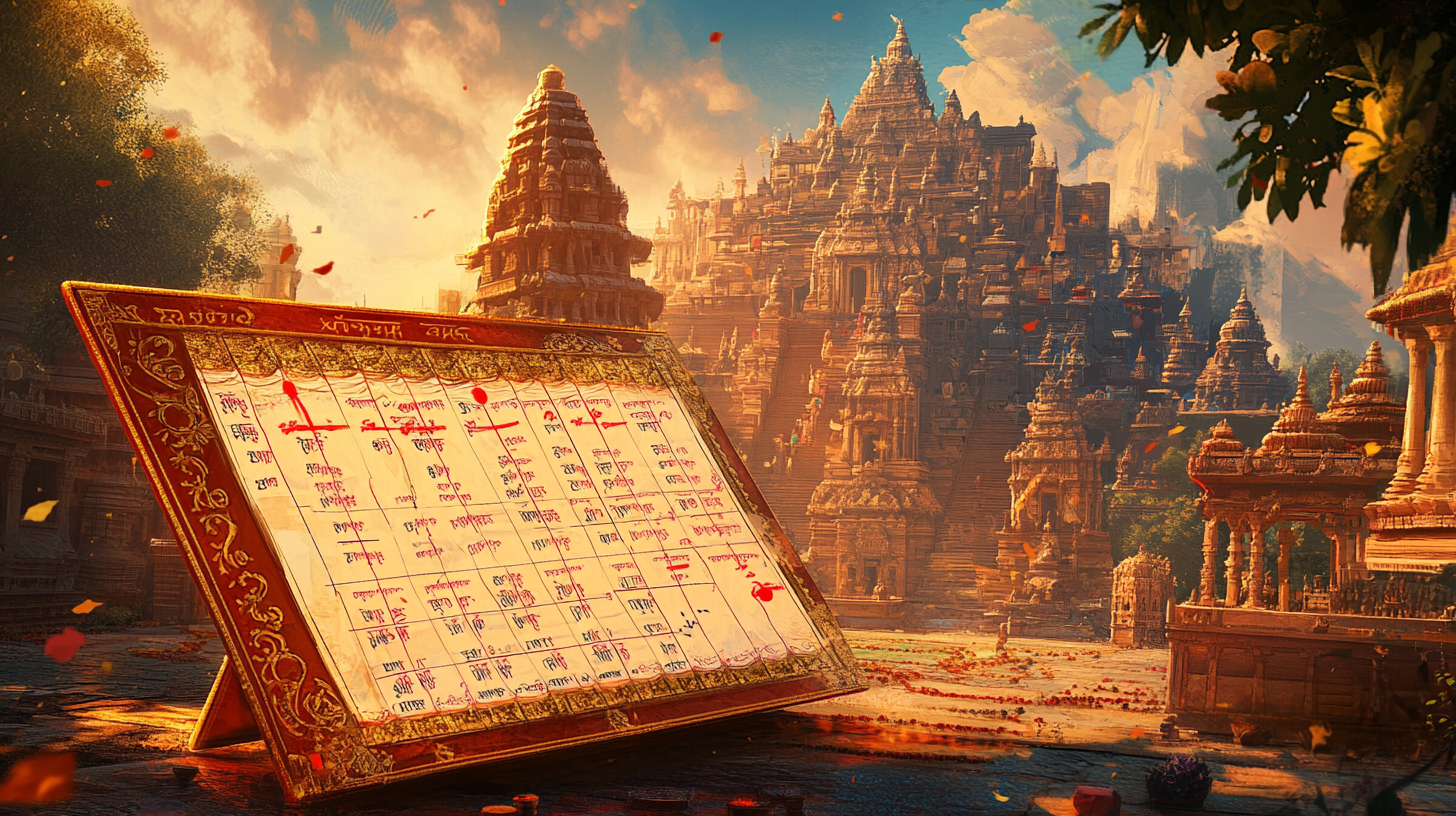
Date and Timing of Ram Navami 2025
Ram Navami in 2025 is slated for Sunday, April 6th. This festival venerates the birth of Lord Rama, a central figure in Hindu tradition.
Auspicious Timings for Puja:
Devotees observe specific timeframes to perform rituals, ensuring alignment with traditional practices. The Madhyahna period, considered the most auspicious for Ram Navami puja, spans midday when Lord Rama is believed to have been born. For April 6, 2025, the Madhyahna Muhurat is from 11:08 AM to 1:39 PM, with the precise Madhyahna moment at 12:24 PM. The Navami Tithi (ninth lunar day) commences at 7:26 PM on April 5, 2025, and concludes at 7:22 PM on April 6, 2025.
Ram Navami 2025
Rama Navami Date: 6th April 2025 (Sunday)
Madhyahna Muhurat - 11:08 AM to 01:39 PM Duration - 02 Hours 31 Mins
Rama Navami Madhyahna Moment - 12:24 PM
Ram Navami Tithi Begins - 07:26 PM on Apr 05, 2025
Ram Navami Tithi Ends - 07:22 PM on Apr 06, 2025
Significance of Observing Rituals at Designated Times:
Adhering to these specified timings is vital, as it aligns the devotee's practices with the cosmic rhythms believed to influence spiritual activities. Performing the puja during the Madhyahna period is thought to maximize spiritual benefits, fostering a deeper connection with Lord Rama and ensuring that the rituals honor the traditional auspicious moments of his birth.
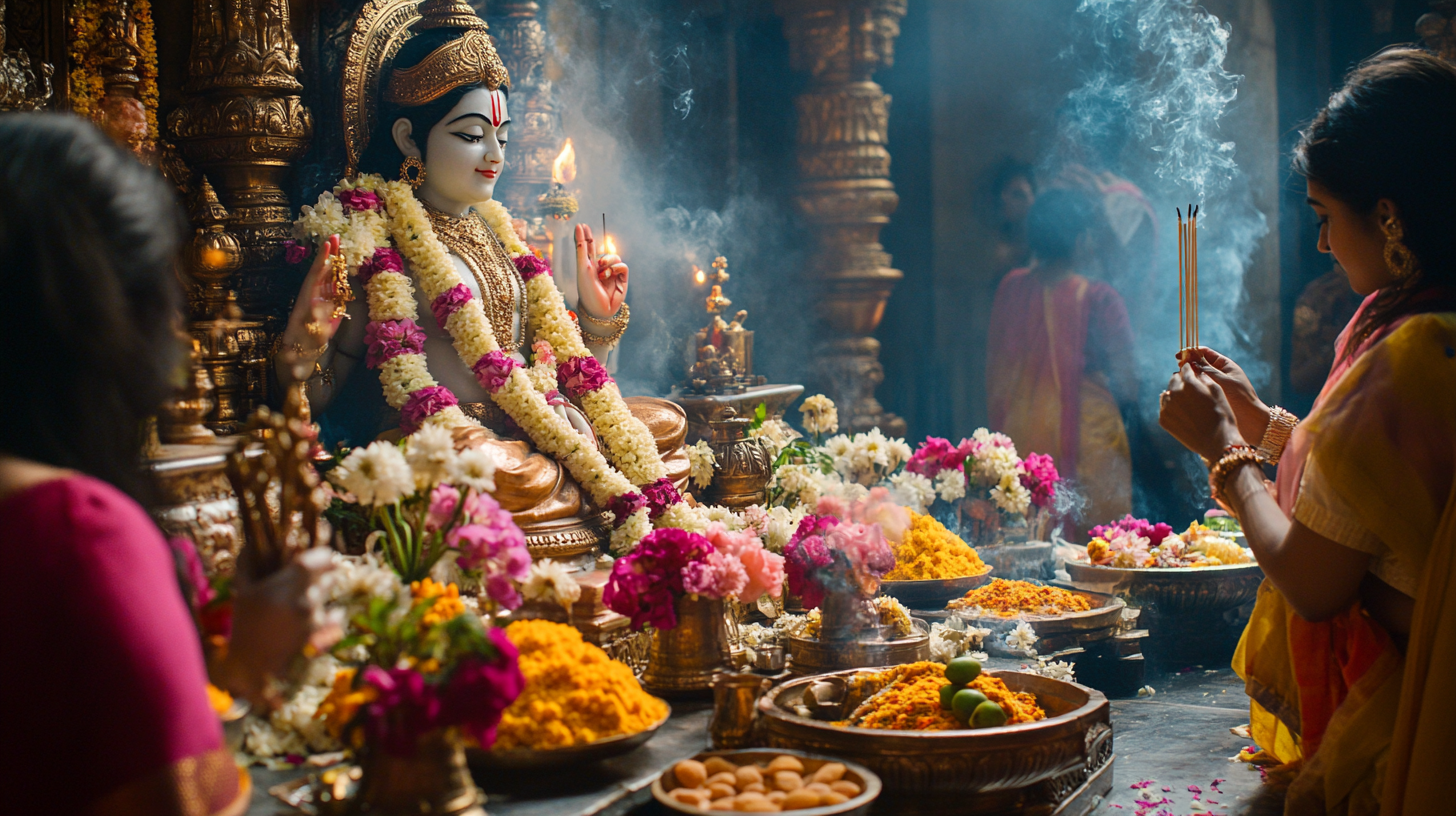
Rituals and Traditions
Ram Navami, celebrating the birth of Lord Rama, is observed with various rituals and traditions that reflect deep devotion and cultural heritage.
Puja Vidhi: Step-by-Step Guide to Performing Ram Navami Puja at Home
- Preparation:
- Cleanse the Space: Ensure the puja area is spotless to maintain its purity.
- Decorate the Altar: Adorn the altar with fresh flowers, rangoli, and place idols or images of Lord Rama, Sita, Lakshmana, and Hanuman.
Invocation:
- Lighting the Lamp: Light a ghee or oil lamp to symbolize the removal of darkness.
- Sankalpa (Vow): Make a vow to perform the puja with devotion, stating the purpose and seeking blessings.
Offerings (Upacharas):
- Asana (Seat): Offer a seat to the deities.
- Padya (Water for Washing Feet): Present water to cleanse their feet.
- Arghya (Water for Washing Hands): Offer water for hand cleansing.
- Achamana (Water for Sipping): Provide water for sipping.
- Snana (Bath): Symbolically bathe the deities with Panchamrit (a mixture of milk, curd, honey, ghee, and sugar) followed by clean water.
- Vastra (Clothing): Offer new clothes or fabric.
- Abharana (Jewelry): Adorn the deities with ornaments.
- Gandha (Sandalwood Paste): Apply sandalwood paste.
- Pushpa (Flowers): Offer fresh flowers or garlands.
- Dhoop (Incense): Light incense sticks.
- Deepa (Lamp): Perform aarti with a lit camphor or lamp.
- Naivedya (Food Offerings): Present fruits, sweets, and specially prepared dishes as prasad.
- Tambula (Betel Leaves): Offer betel leaves and nuts.
- Pradakshina (Circumambulation): Circumambulate the altar, typically three times, in a clockwise direction.
- Mantra Chanting and Bhajans: Recite Lord Rama's names, mantras, and sing devotional songs.
Conclusion:
- Aarti: Perform the final aarti, waving the lamp in front of the deities while ringing a bell.
- Prasad Distribution: Distribute the offered food among family members and devotees.
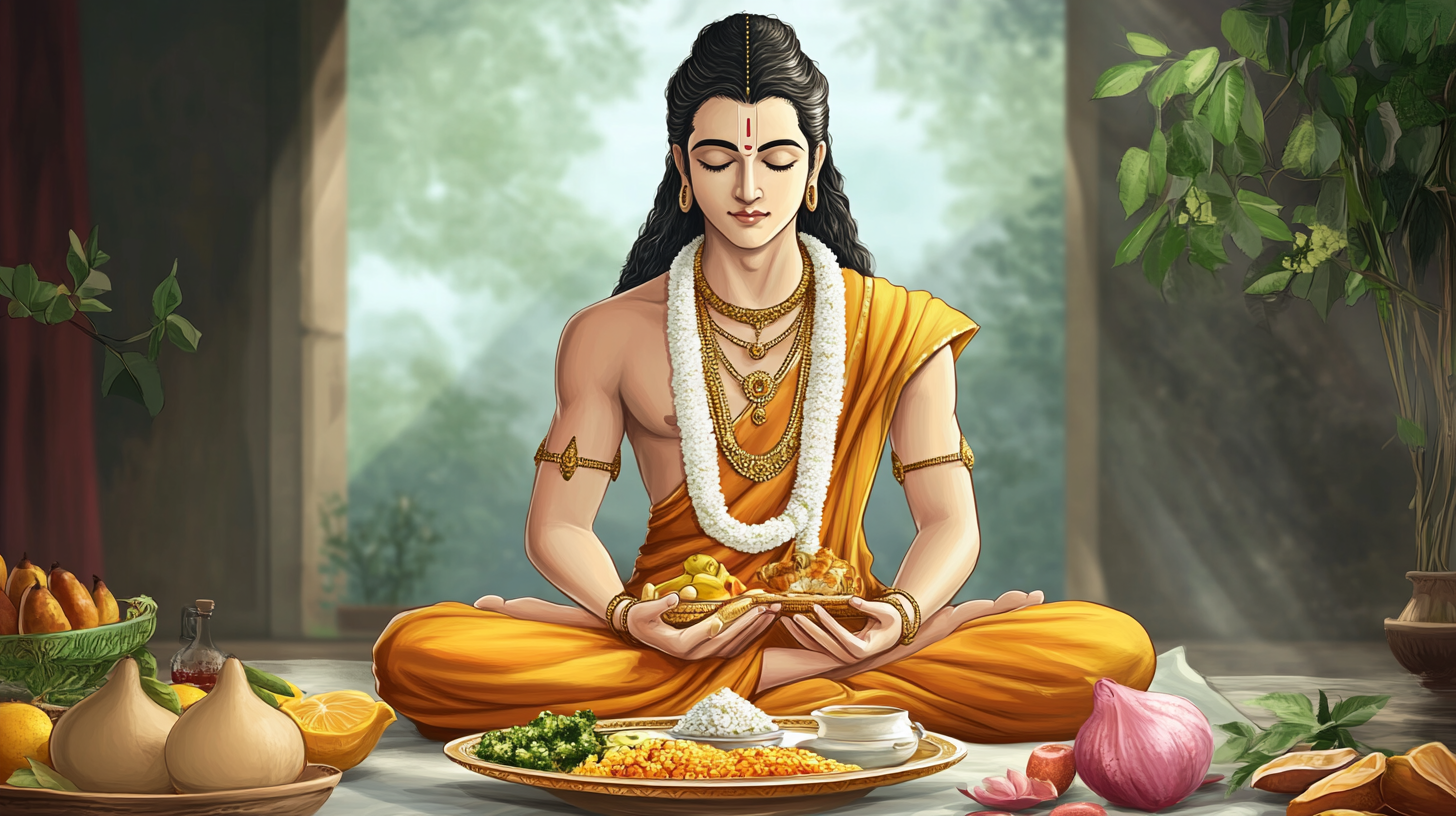
Fasting (Vrat) Guidelines
Fasting on Ram Navami is a common observance, symbolizing spiritual purification and devotion to Lord Rama.
- Types of Fasts:
- Nirjala Vrat: Abstaining from all food and water from sunrise to sunrise.
- Phalahar Vrat: Consuming only fruits and milk.
- Satvik Vrat: Eating a single meal of satvik food (no onion, garlic, or spices) after sunset.
- Significance:
- Fasting is believed to cleanse the mind, body, and soul, fostering self-discipline and focus on spiritual growth.
Recitation of Scriptures
Engaging with sacred texts deepens understanding of Lord Rama's life and teachings.
- Ramayana Reading: Reciting the Ramayana, specially the 'Sundara Kanda' section, is considered highly auspicious.
- Bhajans and Kirtans: Singing devotional songs and hymns in praise of Lord Rama enhances spiritual ambiance and communal harmony.
Processions and Cultural Programs
Community events bring devotees together, celebrating the festival's cultural richness.
- Rath Yatras (Chariot Processions): Idols of Lord Rama, Sita, Lakshmana, and Hanuman are paraded through streets, accompanied by music and chanting.
- Ramlila Performances: Dramatic enactments of the Ramayana, depicting significant episodes from Lord Rama's life, are staged in many regions.
These rituals and traditions collectively embody the devotion and cultural heritage associated with Ram Navami. They offer devotees an opportunity to reflect on the virtues of Lord Rama and seek his blessings.

Regional Celebrations
Ram Navami, commemorating the birth of Lord Rama, is celebrated with distinct fervor across various regions of India. Each region infuses local customs and traditions into the festivities.
Ayodhya, Uttar Pradesh: Grand Processions and Rituals in Lord Rama's Birthplace
As the birthplace of Lord Rama, Ayodhya becomes a focal point of devotion during Ram Navami. Devotees from across the nation gather to participate in elaborate processions featuring idols of Lord Rama, Sita, Lakshmana, and Hanuman, accompanied by chanting and music. A significant ritual includes taking a holy dip in the Sarayu River, believed to purify the soul and absolve sins. The city also hosts fairs and cultural programs, with dramatic enactments of the Ramayana, known as Ramlila, being a highlight.
Bhadrachalam, Telangana: Celebration of the Divine Wedding of Rama and Sita
In Bhadrachalam, the festival is marked by the ceremonial reenactment of the divine wedding of Lord Rama and Sita, known as Sitarama Kalyanam. Devotees gather in large numbers to witness this event, seeking blessings for marital harmony and prosperity. The celebrations reflect the deep-rooted cultural significance of Lord Rama's union with Sita in the region.
Rameswaram, Tamil Nadu: Unique Observances at the Ramanathaswamy Temple
In Rameswaram, devotees observe Ram Navami with great enthusiasm, participating in rituals and festivities that honor Lord Rama's legacy. The town's spiritual ambiance is heightened during this period, drawing pilgrims and tourists alike to partake in the celebrations.
Other Regions: Brief Insights into Celebrations Across Various Indian States
- Sitamarhi, Bihar: Sitamarhi is celebrated as Sita's birthplace. It observes Ram Navami with grand processions and rituals. These highlight Sita's role in the Ramayana.
- Vontimitta, Andhra Pradesh: The Sri Kodandarama Swamy Temple in Vontimitta is famous for its grand Ram Navami celebrations. It attracts many devotees to witness the ceremonial wedding of Lord Rama and Sita.
- Shirdi, Maharashtra: Shirdi, home to the Shirdi Sai Baba Temple, observes Ram Navami with grand processions and special rituals. These reflect the region's syncretic culture.
Across India, Ram Navami celebrations show the rich diversity of cultural and spiritual practices. Each adds its own unique flavor to the collective reverence for Lord Rama's legacy.
Global Observances
Ram Navami, celebrating Lord Rama's birth, is celebrated worldwide by the Indian diaspora. In countries like Nepal, Mauritius, Trinidad and Tobago, and Fiji, communities adapt traditional practices to their unique cultural contexts. This enriches the festival's global tapestry.
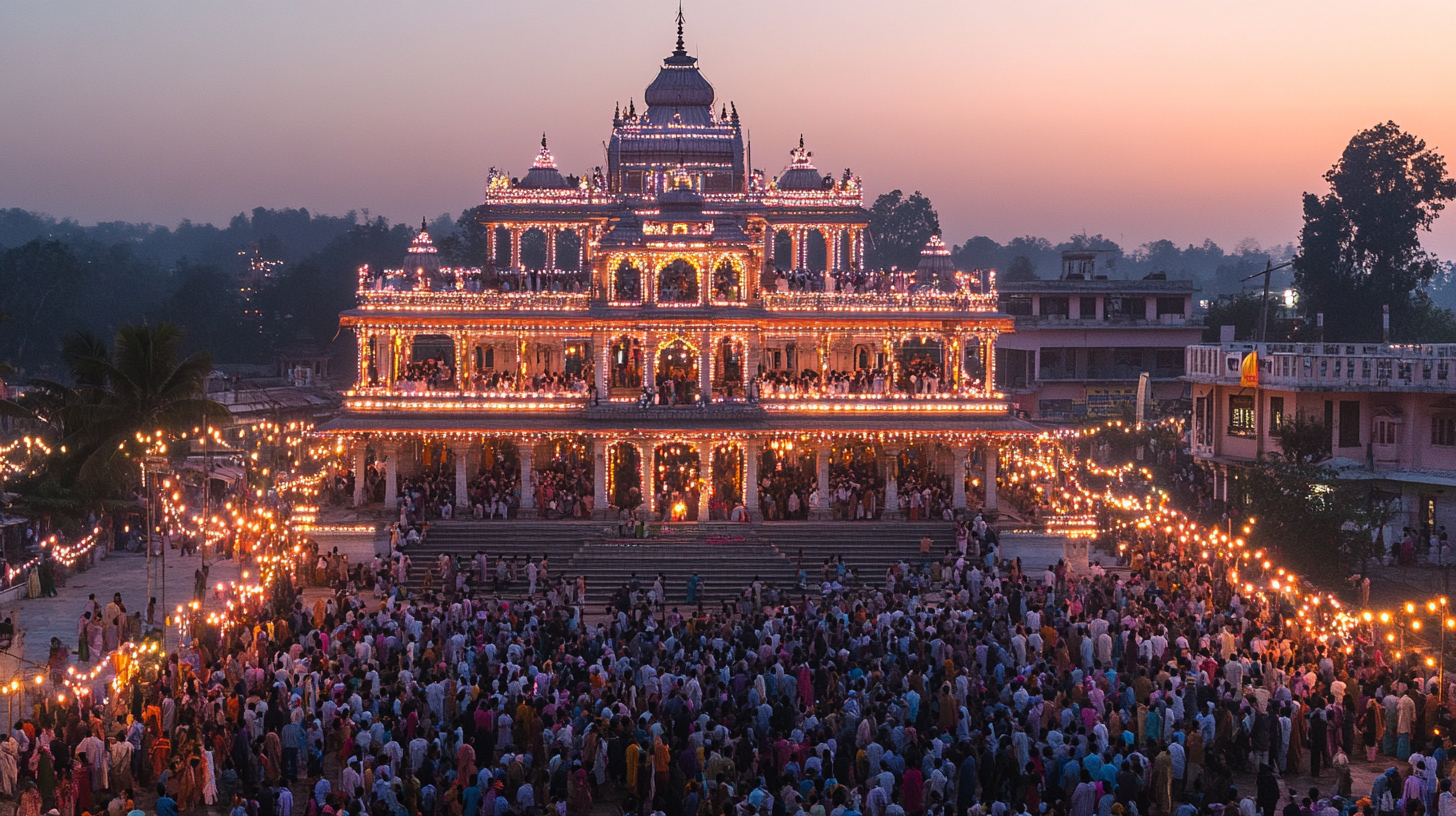
Nepal
In Nepal, Hinduism is a major religion, and Ram Navami is celebrated with great devotion. Devotees visit temples like the Janaki Mandir in Janakpur, believed to be Sita's birthplace. The festival includes recitations of the Ramayana, fasting, and processions, mirroring practices in India.

Mauritius
Mauritius, with a significant Hindu population, observes Ram Navami with special prayers and Ramayana readings in temples and homes. Devotees fast and sing bhajans, fostering community and spiritual connection. The festival acts as a cultural bridge, preserving Indian traditions in the island nation.

Trinidad and Tobago
In Trinidad and Tobago, Ram Navami is a key event for the Indo-Trinidadian community. Temples host nine-day observances leading up to the festival, featuring nightly Ramayana readings, devotional singing, and discourses. The celebrations culminate on Ram Navami with elaborate pujas and feasts, highlighting the community's dedication to their heritage.

Fiji
Fiji's Hindu community celebrates Ram Navami with enthusiasm, marking it as a time for spiritual reflection and communal gatherings. Temples across the islands conduct special services, including Ramayana recitations and devotional songs. The festival also emphasizes charitable activities, with devotees engaging in acts of kindness and service. This observance showcases the resilience of cultural traditions among Fijian Hindus.
These global Ram Navami celebrations illustrate the adaptability and enduring nature of Hindu traditions. Communities integrate their rich heritage into diverse cultural landscapes, fostering a global appreciation for Lord Rama's legacy.
Modern Celebrations and Digital Engagement
In the digital age, Ram Navami celebrations have seamlessly integrated with modern technology. This enhances accessibility and engagement for devotees worldwide.
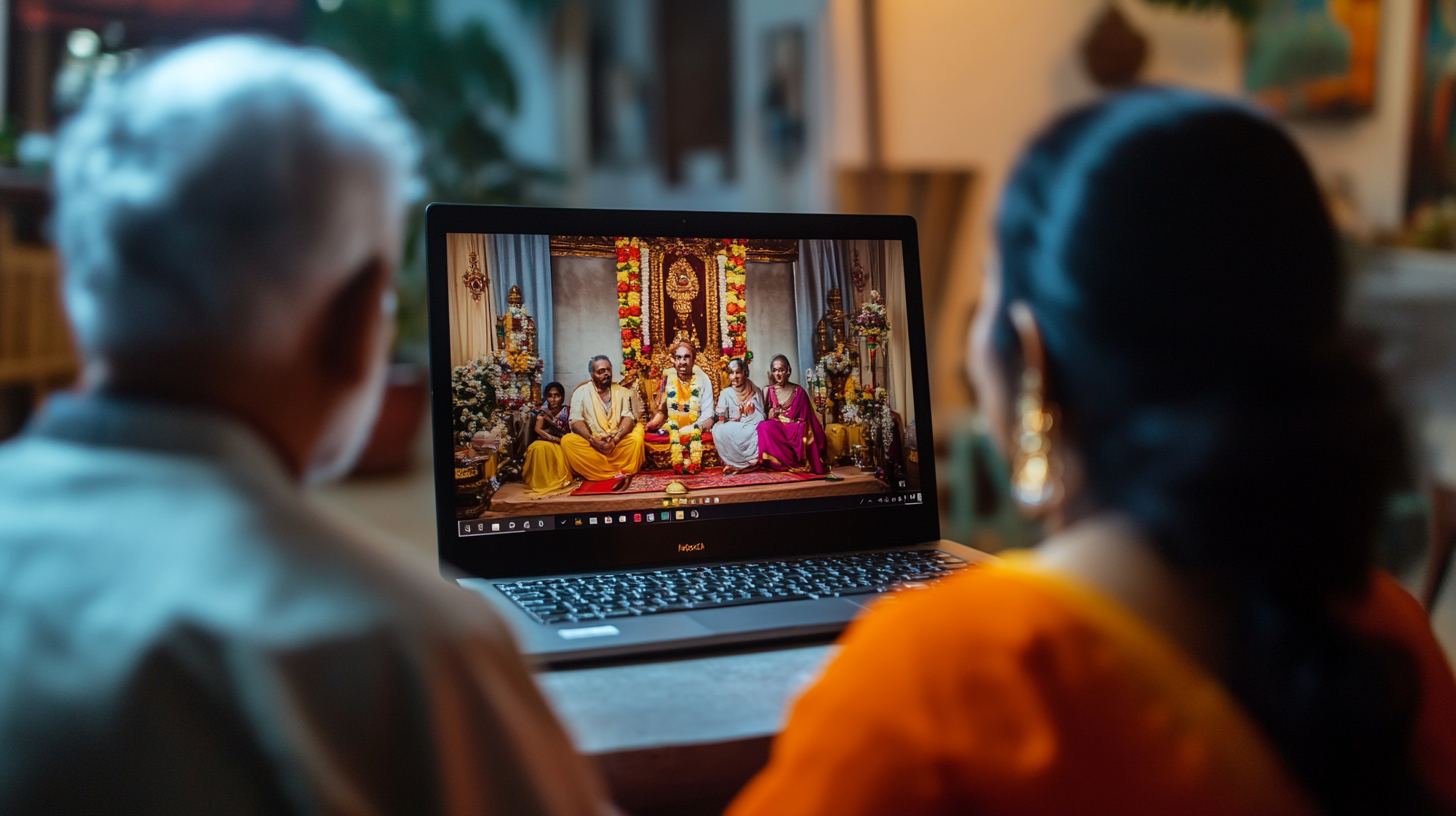
Virtual Pujas and Online Streaming of Events
Many temples and organizations now offer virtual pujas and live-streamed events. This allows devotees to participate in rituals from home. For example, the ISKCON Atlanta temple has conducted live-streamed Ram Navami events, enabling global participation.
Similar to the Ayodhya Ram Mandir, the Ram Navami Mahotsav is celebrated through live streams on platforms like YouTube. This ensures devotees worldwide can join in the festivities.

Role of Social Media in Connecting Devotees and Sharing Festivities
Social media platforms are key in connecting devotees and sharing Ram Navami information. They are used to share devotional messages, inspirational quotes, and artistic renditions of the Ramayana.
Businesses also use social media to engage with the community during the festival. They share images, videos, and messages of goodwill, fostering unity and celebration.
These digital advancements have made Ram Navami a globally connected celebration. Devotees can now engage with the festival's spiritual essence, regardless of their location.
For a visual experience of Ram Navami celebrations, you might find the following live-streamed event insightful:
Culinary Traditions
Ram Navami celebrates the birth of Lord Rama with traditional culinary delights. These dishes hold cultural and spiritual significance. Here are three quintessential dishes prepared during this festival:
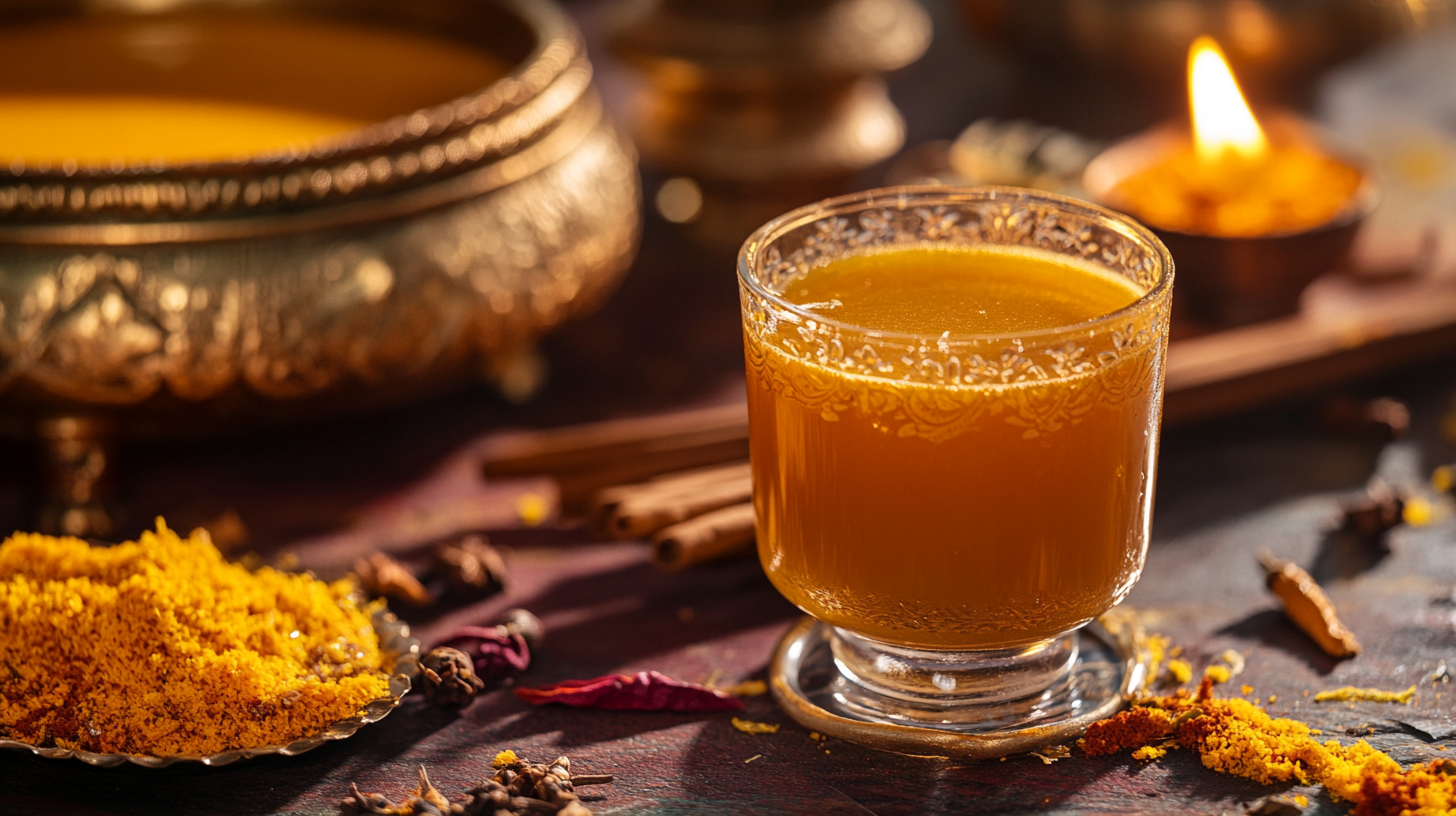
1. Panakam (Spiced Jaggery Lemonade)
Panakam is a traditional South Indian beverage enjoyed during Ram Navami.
Ingredients:
- 1 cup jaggery, grated
- 1/2 teaspoon dried ginger powder
- 1/2 teaspoon cardamom powder
- 1/4 teaspoon black pepper powder
- 1/4 teaspoon black salt
- 1/4 teaspoon regular salt
- 1 tablespoon lemon juice
- 4 cups water
- Fresh mint leaves for garnish (optional)
Instructions:
- Dissolve the grated jaggery in 2 cups of warm water, stirring until completely dissolved.
- Strain the jaggery water to remove impurities.
- Add the dried ginger powder, cardamom powder, black pepper powder, black salt, and regular salt to the jaggery water. Mix well.
- Add the lemon juice and the remaining 2 cups of cold water. Stir thoroughly.
- Serve chilled, garnished with fresh mint leaves if desired.
Note: Panakam is traditionally offered to Lord Rama during the festival and is enjoyed by devotees.
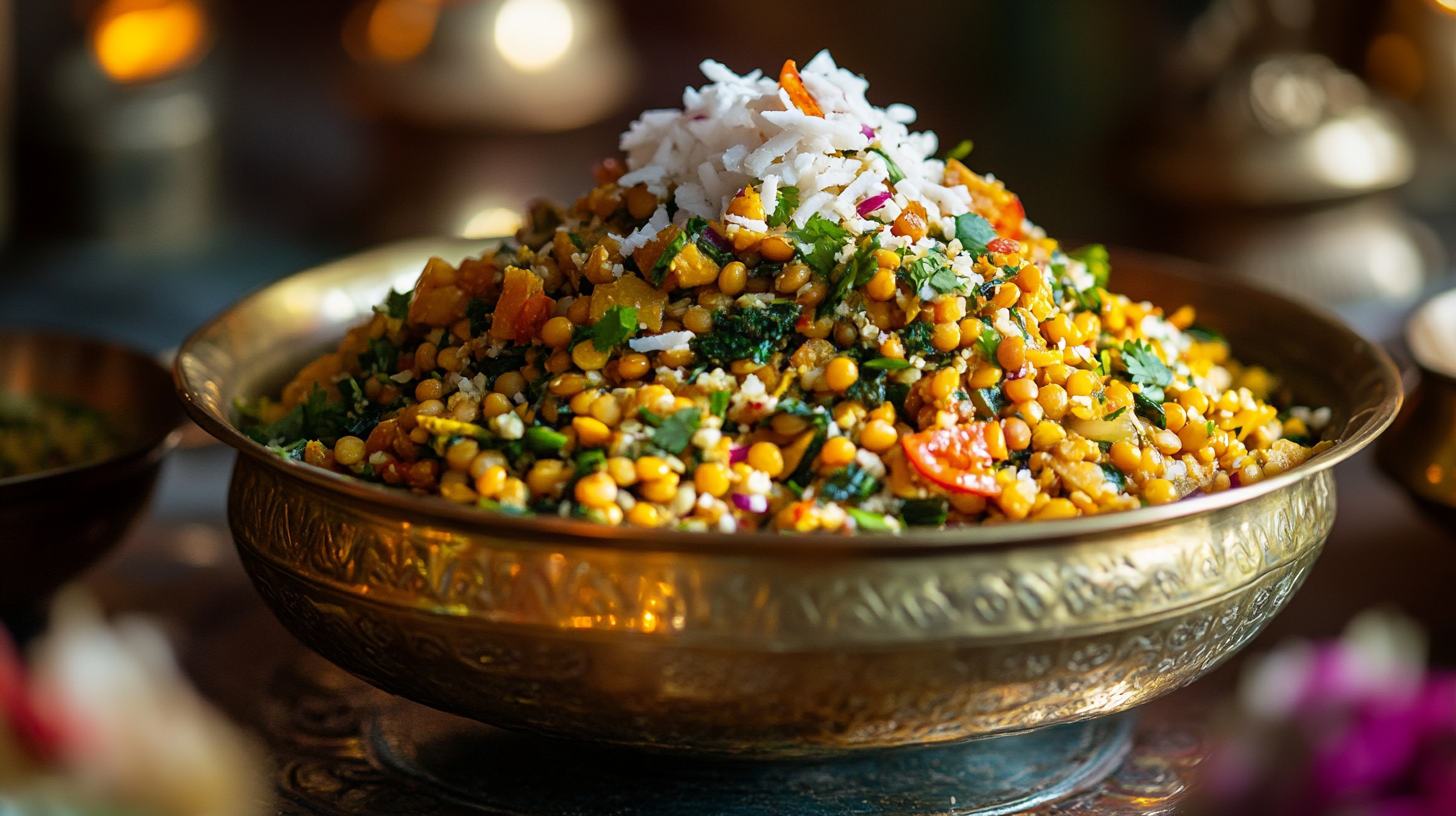
2. Kosambari (Moong Dal Salad)
Kosambari is a refreshing salad made with moong dal, cucumber, and carrots, commonly prepared during Ram Navami.
Ingredients:
- 1/2 cup moong dal (yellow split gram)
- 1/2 cup cucumber, finely chopped
- 1/2 cup carrot, finely chopped
- 1/4 cup fresh coconut, grated (optional)
- 1-2 green chilies, finely chopped
- 1 tablespoon lemon juice
- 1 tablespoon fresh coriander leaves, chopped
- Salt to taste
- 1 teaspoon mustard seeds
- 1 teaspoon oil
- A pinch of asafoetida (hing)
- 1-2 dried red chilies
Instructions:
- Wash the moong dal thoroughly and soak it in water for about 30 minutes. Drain the water.
- In a mixing bowl, combine the soaked moong dal, chopped cucumber, chopped carrot, grated coconut (if using), green chilies, lemon juice, and fresh coriander leaves. Mix well.
- Add salt to taste and mix again.
- In a small pan, heat oil and add mustard seeds. Once they splutter, add dried red chilies and a pinch of asafoetida. Pour this tempering over the salad and mix gently.
- Serve fresh as a side dish.
Note: Kosambari is a staple in South Indian households during Ram Navami and is known for its light and healthy ingredients.
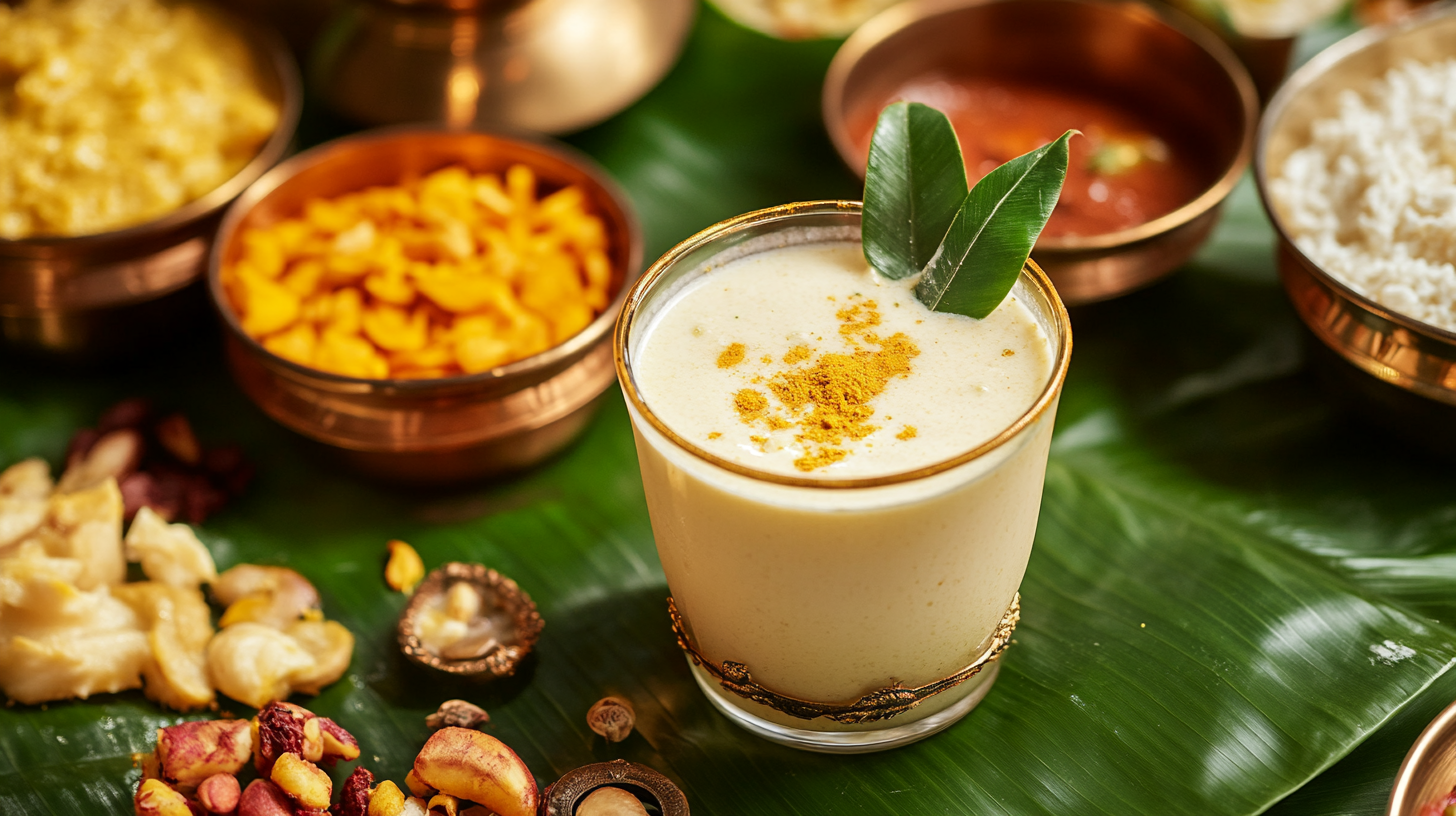
3. Neer Mor (Spiced Buttermilk)
Neer Mor is a traditional spiced buttermilk drink, commonly prepared during Ram Navami.
Ingredients:
- 1 cup thick yogurt (curd)
- 3 cups water
- 1/2 teaspoon grated ginger
- 1-2 green chilies, finely chopped
- A few curry leaves
- 1/4 teaspoon black salt
- Salt to taste
- 1 teaspoon oil
- 1 teaspoon mustard seeds
- A pinch of asafoetida (hing)
Instructions:
- Whisk the yogurt until smooth and add water to achieve a thin consistency.
- Add grated ginger, chopped green chilies, curry leaves, black salt, and regular salt to the buttermilk. Mix well.
- In a small pan, heat oil and add mustard seeds. Once they splutter, add a pinch of asafoetida. Pour this tempering into the buttermilk and mix.
- Serve chilled in glasses.
Note: Neer Mor is a cooling and digestive drink, traditionally offered to Lord Rama during the festival.
These traditional dishes not only enhance the festive spirit of Ram Navami but also offer a glimpse into the rich culinary heritage associated with the celebration.
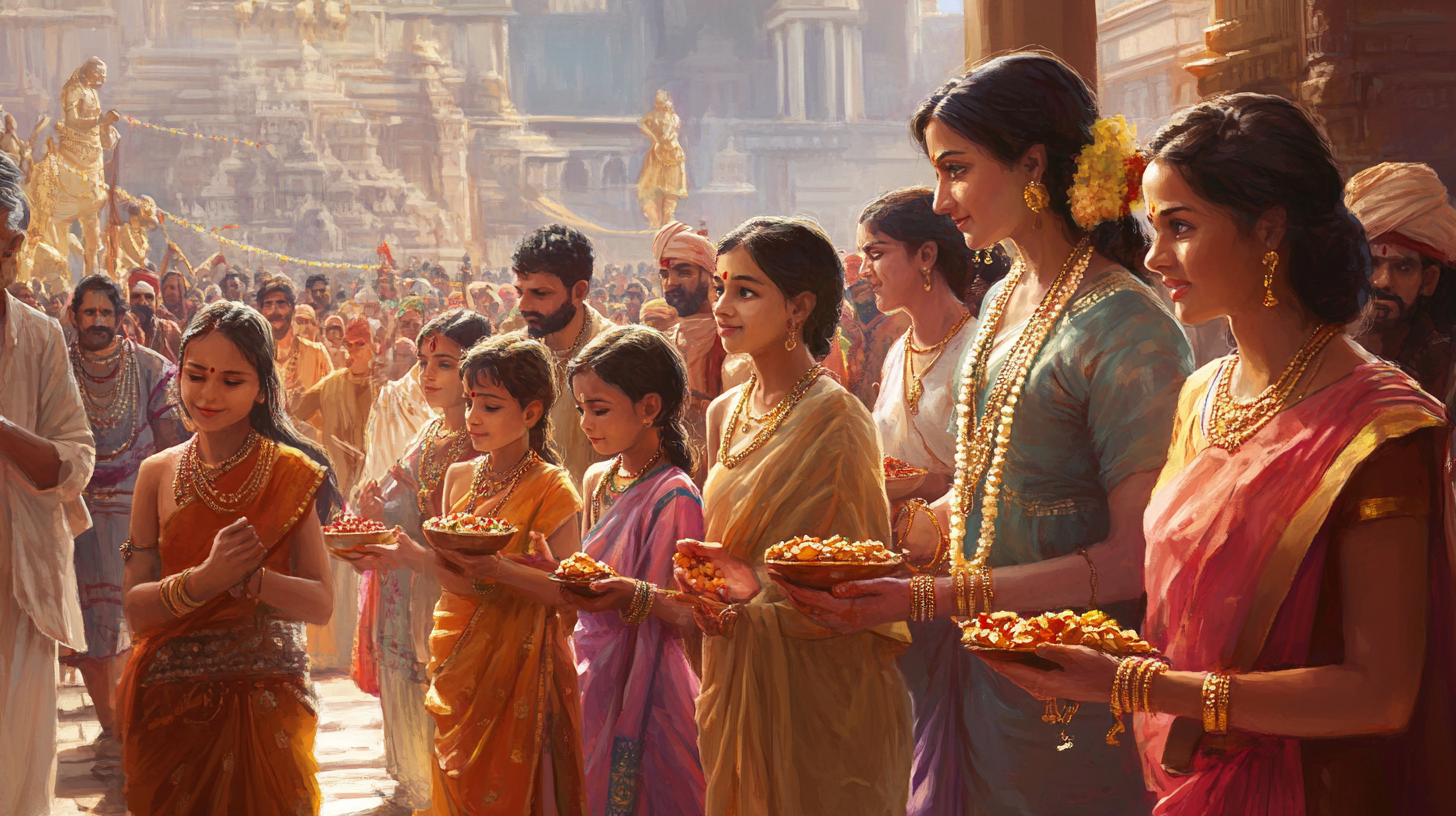
Social and Cultural Significance
Ram Navami, the celebration of Lord Rama's birth, holds profound social and cultural significance, promoting moral values and communal harmony. Beyond its religious observance, the festival fosters unity, transcending caste, creed, and culture, making it a festival of inclusivity and global significance.
Promoting Moral Values and Communal Harmony
The life and virtues of Lord Rama, as depicted in the Ramayana, serve as a moral compass, inspiring individuals to lead virtuous lives. Ram Navami reminds us of the timeless values of righteousness, compassion, and universal love embodied by Lord Rama.
The festival encourages communities to come together, reinforcing cultural identity and fostering a sense of belonging. It provides an opportunity for communities to reinforce their cultural identity, as they engage in rituals, traditions, and festivities that have been passed down through generations.
Community Services and Charitable Activities
Ram Navami also emphasizes the importance of community service and charitable activities. On this day, it is common to offer special prayers to Lord Ram, participate in charitable giving, and offer community meals.
Various organizations and communities engage in charitable activities during Ram Navami. They distribute food to the needy, organize blood donation camps, and provide educational support to underprivileged children. For instance, some initiatives focus on providing meals to devotees and supporting community welfare programs.
These acts of kindness and service not only honor Lord Rama but also strengthen communal bonds and promote social welfare.
In essence, Ram Navami serves as a reminder of the enduring values of compassion, unity, and service. It encourages individuals and communities to embody these principles in their daily lives.
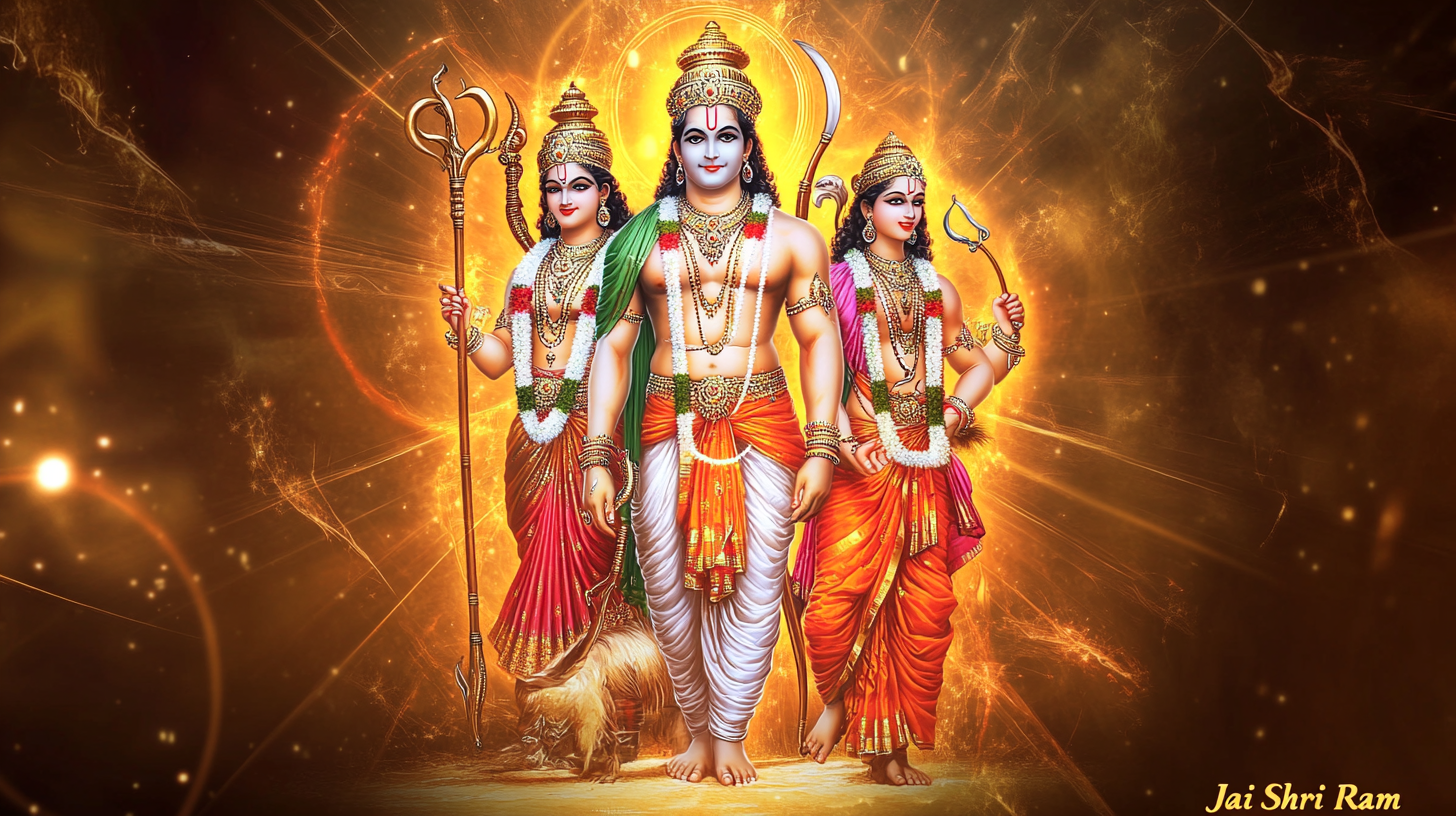
Conclusion
Ram Navami is more than just a religious festival—it's a celebration of the divine virtues of Lord Rama, his life, and the teachings that inspire people to lead righteous lives. From the grand processions in Ayodhya to intimate family prayers, this festival brings communities together, fostering unity, devotion, and a sense of belonging. It's also an opportunity for devotees to engage in acts of charity, reinforcing the importance of compassion and service to others.
For those looking to bring the divine blessings of Lord Ram into their lives, we at Dev Tattva offer beautifully crafted Ram idols that are perfect for your car dashboards, home, temple, or office. These idols serve not only as a spiritual reminder but also as a symbol of Lord Rama's eternal virtues. Whether you’re looking to adorn your space or give a thoughtful gift, our Ram idols are designed to elevate the spiritual ambiance wherever they are placed.
Ram Navami 2025: Date, Significance, Rituals, and Celebrations